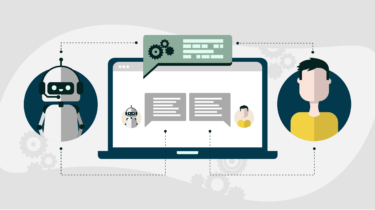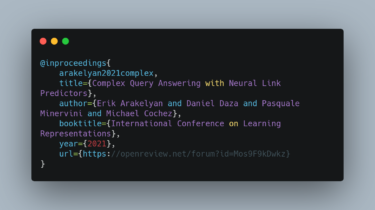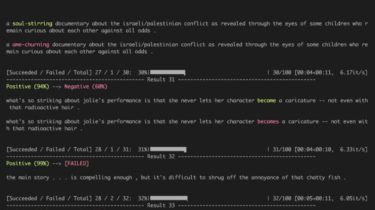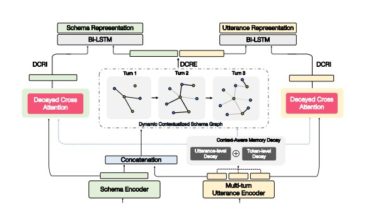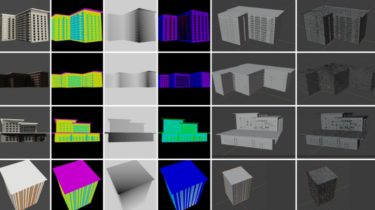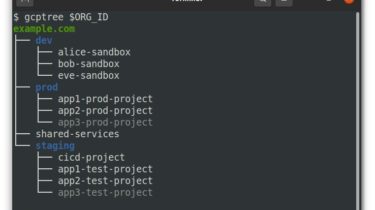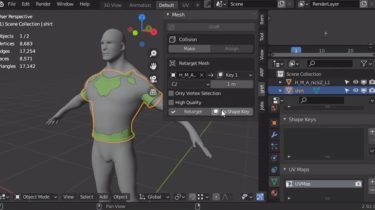Identifying The Language of A Document Using NLP!
This article was published as a part of the Data Science Blogathon Introduction The goal of this article is to identify the language from the written text. The text in documents is available in many languages and when we don’t know the language it becomes very difficult sometimes to tell this to google translator as well. For most translators, we have to tell both the input language and the desired language. If you had a text written in Spanish and you […]
Read more